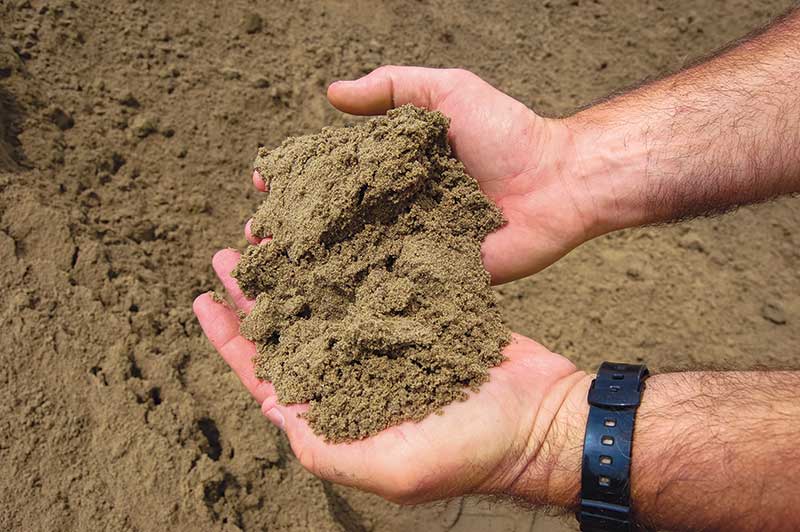
Production of construction sand and gravel was down slightly in 2017, according to a U.S. Geological Survey (USGS) report.
Production totaled 890 million tons, which were valued at more than $7.7 billion. In 2016, sand and gravel production reached 892 million tons.
Demand for sand and gravel was lower than expected last year because states along the Gulf Coast and in the Southeast were hit by powerful hurricanes, which temporarily led to decreased demand and production in these areas, the agency says. Long-term increases in construction aggregate demand will be influenced by activity in the public and private construction sectors, as well as by construction work related to security measures being implemented around the nation.
According to USGS, about 3,600 companies operating 9,400 pits and 360 sales and distribution yards across the United States produced the 890 million tons achieved in 2017.
In terms of production, the leading states were California, Texas, Minnesota, Michigan, Arizona, Colorado, Washington, Ohio, Wisconsin and New York. Together, these 10 states accounted for about 52 percent of total output.
USGS estimates that about 44 percent of sand and gravel was used as concrete aggregate; 25 percent for road base and coverings and road stabilization; 13 percent as asphaltic concrete aggregate and other bituminous mixtures; 12 percent as construction fill; 1 percent each for concrete products such as blocks, bricks and pipes, plaster and gunite sands, and snow and ice control; and the remaining 3 percent for filtration, golf courses, railroad ballast, roofing granules, and other miscellaneous uses.











